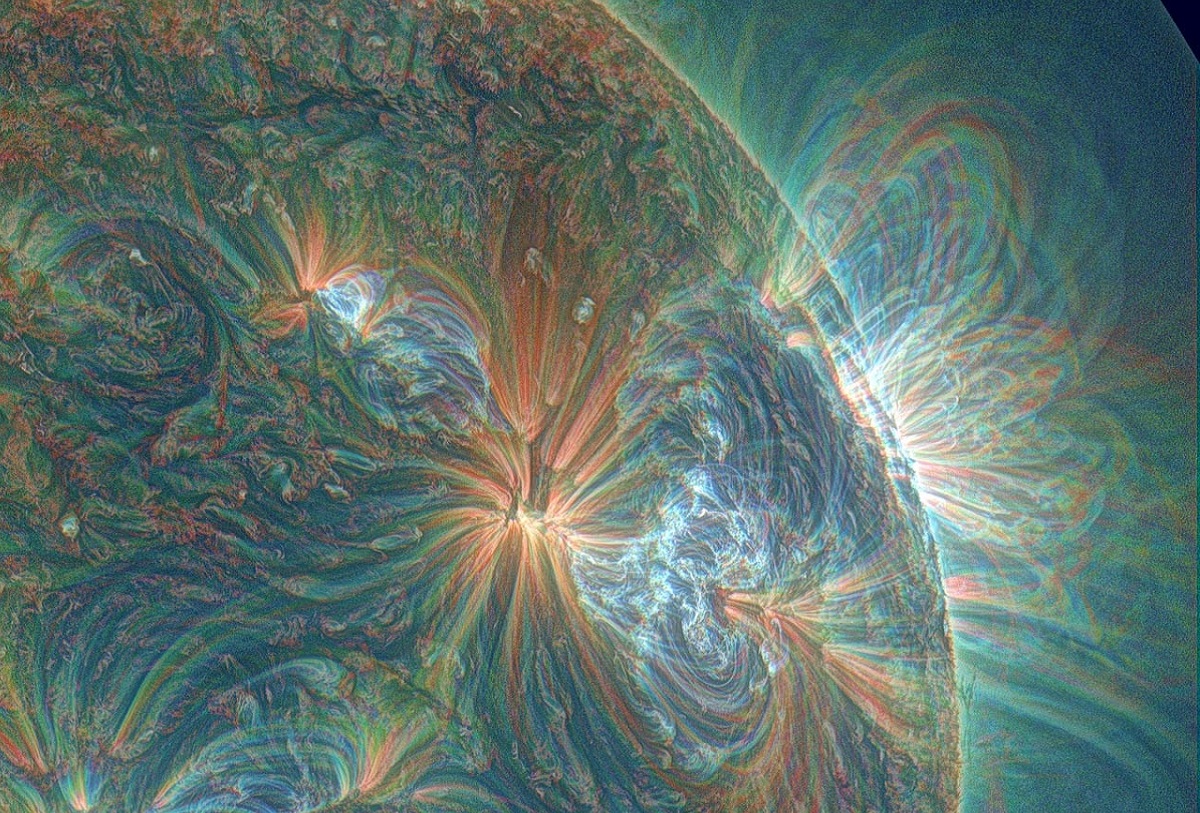A good translation captures the energy of the original, like the horses racing across a river in the feature image at the top of this blog (which remind me of my adventures in Patagonia). Energy is the strength, the vitality driving research and exposition in science and medicine, as well as plot and character development, tension, language and spectacle in drama.
But in writing about translation recently, I quoted the completely different point of view of Anthony Burgess, author of A Clockwork Orange, to the effect that “Translation is not a matter of words only: it is a matter of making intelligible a whole culture.”
His formulation is certainly catchy. But it sounds overly ambitious to me, as if translation had far-reaching, encyclopedic and even universal dimensions.
Actually, Anthony Burgess reminds me here of Gottfried Wilhelm Leibniz in Monadology: “Each simple substance has relations that express all the others, and consequently, each simple substance is a perpetual, living mirror of the universe.” Or even William Blake’s microcosm/macrocosm metaphors in Auguries of Innocence: “To see a World in a Grain of Sand. And a Heaven in a Wild Flower. Hold Infinity in the palm of your hand. And Eternity in an hour.”

In biology and astrophysics, there is a sense in which the whole is implicit in the part.
For example, each human individual (the part) has biological characteristics most of which are shared with the human species (the whole), and our species (the part) has biological characteristics many of which are shared with the 2.16 million other species on Earth (the whole). These biological characteristics are communicated or transmitted in a set of genetic instructions, using a particular encoded language, which we call DNA. Of course, we are all different: we are variations on the human theme.

Then again, I remember attending a guest lecture in Montreal given by the Canadian astrophysicist Hubert Reeves. He had no problem speaking in metaphorical terms, and this gave tremendous evocative power to his words. He said, “They told me that I am nothing but ashes and dust. They forgot to mention that it is actually star dust … We are ourselves composed of the dust of the Big Bang. Perhaps we carry within us the memory of the universe?”
If each of us carries within us this universal memory, then in terms of astrophysics, just as in biology, the whole is implicit in the part.
But can the translation of a single work actually imply or mirror (on a micro level) a whole culture (on a macro level)? Can translation make a whole culture intelligible, as Anthony Burgess claims? How is that possible?
Cultures are neither uniform nor monolithic. A minority may not recognize itself in the culture of a majority. A work may be rejected by the culture from which it apparently springs. A work may go too much against the grain, or be “ahead of its time.” Cultures are dynamic and subject to constant change; they create archipelagos of meaning, which we interpret based on where we have been, where we are going, the symbols and textures and content of the languages at our disposal, and the way we assign values to words, thoughts, evidence, emotions, situations.
I see translations more as variations on an author’s theme … as interpretations. The role of the translator is to create variations on this theme which do not betray the author’s intentions, and are adapted to the vocabulary, interests, perceptions and world-view of the readers of the translated work. Cultures are above all communicated, transmitted between people; cultures thrive on interactions.
Of course, this is not a resounding, all-embracing formulation like the one quoted above from Anthony Burgess.
We have every right to expect a translator’s interpretations to correspond to the original, to be accurate, faithful, truthful. Above all, a good translation captures the energy of the original, like the horses fording the river above, or the massive burst of plasma from the Sun.
A good translation brings the author’s energy alive in a new language setting.


